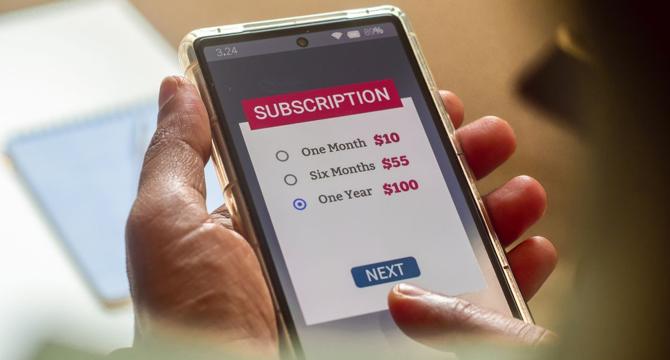Tech Radar
1M
389

Image Credit: Tech Radar
Your free Internet is coming to an end and there's nothing you can do about it
- After almost three decades of free content access from everything from newspapers to recipes, CNN.com is putting up a paywall to limit the number you can see for free and prompt you to subscribe for $3.99 a month or $29.99 a year.
- CNN.com is not alone in this. It is reported that The Verge is considering a paywall and similar discussions are underway at every free website. The reason for this is that good content from news posts to videos is expensive to make and traditional advertising is failing.
- Even without those forces, traditional media like CNN is struggling because a large segment of the online audience is getting their news elsewhere, usually YouTube or TikTok.
- There are strategies honed on websites like The New York Times, The Atlantic, and Business Insider, where you find ways to see more than your share of free content. This method involves opening another browser window in Private Browsing so that the website does not know how often the viewer has seen their content. However, this method usually works for a single post only.
- The World Wide Web was launched for free almost by accident. The Web grew so fast that no one had time to figure out a decent economic model. Traditional advertisers gained access to it and got the eyeballs they wanted. This, however, led to the inefficient generation of ads, which eventually slid down.
- It has been almost two decades since free internet started being unsustainable, but reality is now catching up to our consumption. The notion of a full-time free internet was unsustainable, and now we must adjust to the costly side of the paywall.
Read Full Article
23 Likes
For uninterrupted reading, download the app